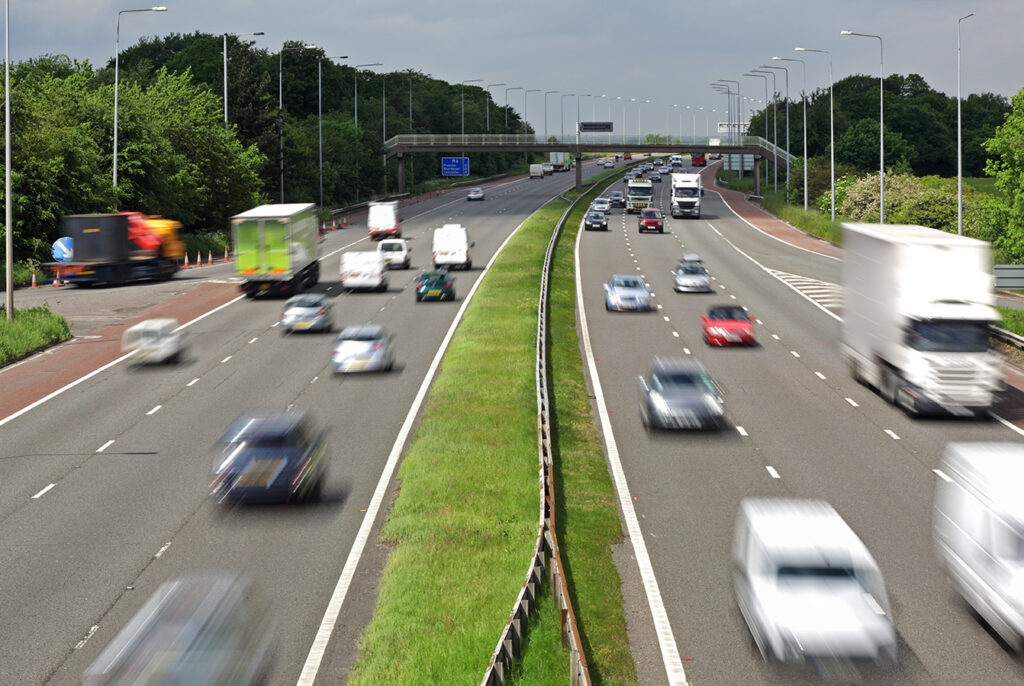Autumn is a beautiful time of year, with crisp air, colourful leaves, and cosy evenings. But for drivers, the season also brings extra risks. Shorter days, unpredictable weather, slippery roads, and increased wildlife activity all make autumn driving more challenging. The good news is that with a little preparation and a few smart habits, you can keep yourself, your passengers, and others safe on the road.
Here are 10 detailed tips for safer driving this autumn – simple, practical steps that make a big difference.
Watch Out for Low Sun and Glare
When the sun is low in the sky, especially during morning and evening commutes, glare can reduce your visibility in an instant.
- Clean your windscreen thoroughly inside and out. A hazy film on the inside can make glare much worse.
- Repair scratches or chips, as these scatter light and make it harder to see.
- Replace old or streaky wiper blades and use the correct screen wash.
- Always keep a pair of sunglasses in the car, and use your sun visors effectively.
- If dazzled, reduce your speed and keep a safe distance.
Tip: Remember that if the sun is behind you, it’s blinding the drivers coming towards you. Be extra cautious.
Check Your Battery Before the Cold Hits
Your battery is one of the most common reasons for breakdowns in colder weather. Most last around five years, but signs of weakness can show earlier.
- If your car struggles to start, lights seem dimmer, or electrical systems lag, get your battery tested.
- Replacing a weak battery now is cheaper and less stressful than waiting for it to fail on a freezing morning.
- Consider carrying a portable jump starter or charger for emergencies.
FSGB note: Fleet Service GB recommends seasonal vehicle health checks for business fleets, which include battery testing to prevent downtime.
Keep Your Tyres in Top Condition
Tyres are your first line of defence in slippery autumn conditions.
- Aim for at least 3mm tread depth for better grip in wet weather (the legal minimum is 1.6mm).
- Check pressures weekly, as cold weather reduces them. Adjust if carrying extra luggage or passengers.
- Look for cuts, bulges, or cracks, and replace damaged tyres immediately.
- Illegal or poorly maintained tyres are not only unsafe but can also result in fines and penalty points.
Did you know? Tyre issues caused over 53,000 breakdowns on UK major roads in 2024, almost 1 in 5 incidents.
Use Your Lights Properly
With days getting shorter, reliable lighting is essential.
- Test all lights regularly: headlights, brake lights, indicators, fog lights, and number plate lights.
- Clean dirty lenses and replace dim or yellowing bulbs.
- Use dipped headlights at night or in poor weather, and fog lights only when visibility drops below 100m.
- Always switch fog lights off when conditions improve to avoid dazzling others.
Extra tip: If you’re unsure about your car’s lighting controls, check the handbook or ask your garage for a quick demo.
Be Ready for Frosty Mornings
Frost and condensation can catch you out on autumn mornings.
- Never drive with frost or mist on your windows – it’s unsafe and illegal.
- Use an ice scraper or de-icer spray rather than hot water, which can crack your glass.
- Use the demister and air con to clear condensation quickly.
- Give yourself 10–15 extra minutes to get the car ready.
For EV drivers: Preconditioning your car while it charges not only clears frost and fog but also helps protect your range.
Adjust Your Speed in Poor Conditions
Autumn weather is unpredictable – rain, fog, and strong winds can all appear suddenly.
- Reduce your speed gradually and leave a bigger gap between you and the car in front.
- Be careful on roads covered with wet leaves – they can be as slippery as ice and hide potholes or markings.
- In storms, grip the wheel firmly and watch out for strong crosswinds, especially near high-sided vehicles or on bridges.
- Avoid driving through large puddles or standing water. If you can’t avoid it, go slowly and don’t restart the engine if it cuts out afterwards.
Take Regular Breaks on Long Journeys
Tiredness is a silent danger on long drives.
- Plan to take at least a 15-minute break every two hours.
- Stretch your legs, get fresh air, and avoid relying solely on caffeine to stay alert.
- Signs of fatigue include yawning, heavy eyes, drifting across lanes, or delayed reactions. If you notice these, it’s time to stop.
Tip: Even short breaks can improve concentration and reduce stress on the road.
Prepare for Sudden Weather Changes
The UK’s autumn weather can shift quickly.
- Check the forecast before setting off, and allow extra time in case conditions worsen.
- Keep a small essentials kit in the car: torch, blanket, phone charger, snacks, water, and warm clothing.
- Carry an ice scraper and de-icer so you’re never caught out.
- Keep your windscreen and headlights clean for maximum visibility.
FSGB advice: Many fleets prepare “driver packs” with essentials so company car drivers are never left stranded.
Look Out for Wildlife and Vulnerable Road Users
Autumn is peak activity time for deer and other animals.
- Be alert near wooded areas and rural roads, especially at dawn and dusk.
- If an animal runs out, brake firmly but don’t swerve – it could cause you to lose control or collide with another vehicle.
Also remember shorter days mean school runs and evening commutes often happen in the dark. Watch for pedestrians, cyclists, and children crossing roads.
Stay Focused and Avoid Distractions
With seasonal hazards increasing, distractions become even more dangerous.
- Put your phone away or use hands-free only if absolutely necessary.
- Don’t eat, drink, or adjust settings while driving.
- Stay patient with other drivers – conditions are trickier for everyone.
Simple rule: Your attention should always be on the road and what’s happening around you.
FAQs About Autumn Driving Safety
What are the biggest risks of autumn driving?
The main hazards are low sun glare, slippery wet leaves, frost, fog, storms, and darker evenings. These affect visibility, grip, and reaction times. Read about what the AA have to say here.
How deep should tyre tread be for safe autumn driving?
Aim for 3mm tread depth in wet conditions. While the legal minimum is 1.6mm, extra tread significantly improves grip and braking distance.
How often should I check my car in autumn?
Lights and tyres should be checked weekly, and fluids like oil, screen wash, and antifreeze should be checked at least monthly.
What should I carry in my car during autumn?
Torch, blanket, phone charger, de-icer, scraper, snacks, and water are all useful in case of breakdowns or delays.
Are EV drivers affected differently?
Yes. EVs lose range in cold weather, so preconditioning and planning charging stops are extra important in autumn and winter.
FAQs About Fleet Service GB (FSGB)
Who are Fleet Service GB?
Fleet Service GB is a UK-based fleet management provider supporting businesses with vehicle maintenance, compliance, and driver safety services.
What services does FSGB offer?
They provide accident management, maintenance control, breakdown cover, driver training, compliance support, and tailored fleet management solutions.
How does FSGB help with autumn driving safety?
FSGB encourages proactive seasonal checks, such as tyre inspections, battery testing, and vehicle servicing. They also provide training to help drivers handle seasonal hazards more confidently.
Why should businesses choose FSGB?
Their proactive approach reduces downtime, lowers costs, and improves driver wellbeing. FSGB combines technology with hands-on support to keep fleets safe, compliant, and efficient.
Final Thoughts
Autumn brings a mix of beauty and risk for drivers. Low sun, wet leaves, fog, and wildlife make the season unpredictable – but with preparation, you can enjoy safer, smoother journeys.
By checking your tyres, battery, and lights, carrying the right essentials, and staying alert, you’ll be ready for whatever the season throws at you. For businesses, working with fleet experts like FSGB ensures your vehicles and drivers are fully prepared too.
Stay safe, take it steady, and enjoy the season’s journeys.



